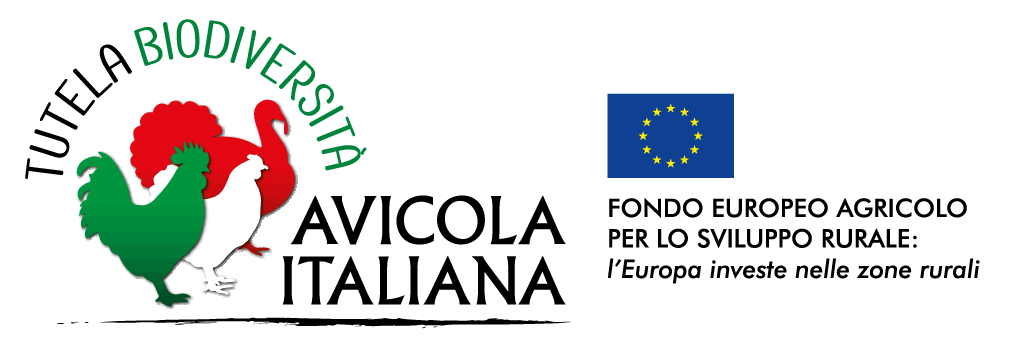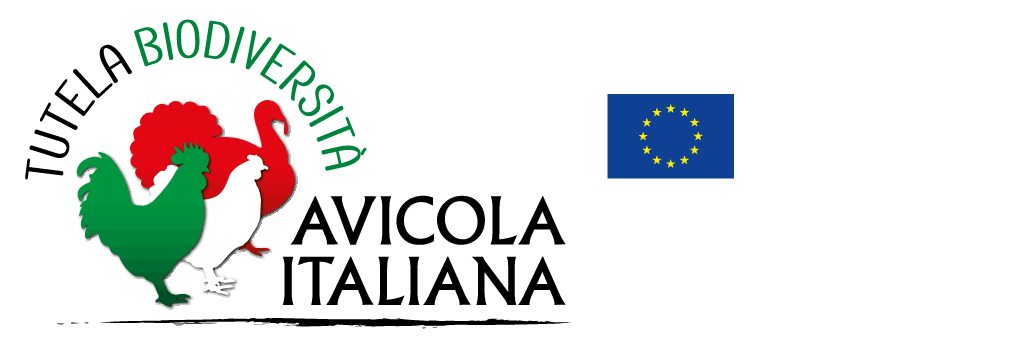Valdarnese bianca
Synonyms or local names: Pollo del Valdarno
Geographic origin: Valdarno area (area surrounding river Arno), province of Florence
Geographic distribution: Tuscany, northern Lazio, Liguria
Estimated total population size: 398 (Castillo et al., 2021)
Extinction risk status (FAO, 1998): Threatened conserved
Any other specific information: Dolicomorphic, medium-sized breed
Historical origin of the breed
References to a chicken with white feathers and highly pigmented yellow legs, raised in the upper Valdarno, are lost in time. This chicken was known for its rusticity, rebelliousness to reclusion, and for its firm and tasty meat. Initially described as belonging to the white variety of the Valdarno breed, during the 1900s it first underwent crossbreeding and was then selected to eliminate the genetic components of other breeds (white Livorno in particular). Various denominations have been maintained over time (Pollo del Valdarno, Valdarno bianca, Valdarnese, Valdarnese bianca). The first references, with the denomination of “white Valdarno”, date back to the beginning of the last century (1902): the Marquis Girolamo Trevisani at the Agricultural Society of Bologna cited Florentine breeders who were particularly active in launching the breed; in 1925 white Valdarno breeders were presented at the winter egg production competition in Bergamo. However, the most significant report is that relating to the participation in the Cremona Poultry Exhibition in 1953, which represented its first proper official recognition as a breed on its own. Actually, the 1950s saw a strong recovery in the rearing of this breed, thanks in particular to the establishment, in 1954, of the Valdarno Poultry Group (Montevarchi – Arezzo), characterised by a selection center, two large hatcheries, and numerous breeding chicken coops.
On March 7th of the same year, the “Conference for the enhancement and improvement of poultry farming in the Upper Valdarno” was held in Montevarchi (AR), which had national importance and also marked the beginning of a selection plan for the white Valdarno under the control of the Provincial Inspectorate of Agriculture of Arezzo and with the subsequent contribution of the research of Professor Quilici conducted at the Poultry Experimental Station of Rovigo, starting from 1957. In a short time, the breed reached its maximum productivity and notoriety. Farmers recall that in those years in the most important markets of the Valdarno (Montevarchi, San Giovanni, Figline, Laterina, and Loro Ciuffenna) on average, 20,000-30,000 chickens of the Valdarno white breed were marketed each week under the denomination of “new chicken”, with minimums in the months of January-March and maximums from September to December, for the markets of Milan, Rome, Genoa, and Florence, and compare the cost of a chicken to at least the daily salary of a worker. The prices obtained could vary in the 1950s from a minimum of 500 Lire/kg in the months of September-October to a maximum of 1200 L/kg in the months from March to May. Starting from 1963, in conjunction with the drastic reduction of sharecropping contracts and with the progressive expansion of intensive poultry farming, the decline of breeding of the white Valdarno began, aggravated by the management crisis of the Valdarno Poultry Group and by the recovery of the countryside breeding of white Livorno, favoured by the easier finding of chicks produced by specialised hatcheries in Northern Italy.
The following year, after nine years of existence, the Valdarno Poultry Group ceased its activity. Nonetheless, a part of the chicken farmers in the area has continued, albeit often on a small scale, to raise this type of chicken, with the specific aim of maintaining a well-rooted tradition and with the concern of guaranteeing the survival of the breed. About ten years ago, the structure that had inherited the activity of the Rovigo Experimental Station, i.e. the Conservatory of Poultry Breeds in Danger of Extinction of the Veneto Region, once again took into consideration the risk of loss of the breed and undertook a work of multiplication starting from a hundred hatching eggs, transferred there and subjected to control. In the last year of the Conservatory’s activity (2001), the last remaining breeders among those that had been entrusted to few farmers went missing, but a certain number of subjects derived from these are still present in some farms in the Valdarno.
Bibliography
Gualtieri M, Pignattelli P, Cristalli A (2006) Pollo di razza Valdarnese bianca. In: Risorse genetiche animali autoctone della Toscana. Ed. ARSIA (Firenze)
Qualitative morphological traits
Feather morphology: Normal
Feather distribution: Normal
Plumage structure: Abundant and uniform plumage
Plumage colours: Milky white tending to yellow on the cape and back (especially in the male).
Colour features: Single colour, without sexual dimorphism
Colour pattern: Milky white tending to straw yellow on the cape and back, especially in the male. In the male, longer cape feathers and tufted tail with short sickles.
Chick plumage colour: Yellow
Comb type: Simple comb, upright in the male, falling to one side in the female
Comb spikes: Five to six spikes
Ear-lobe colour: Cream yellow with some red veining
Beak colour: Antique gold yellow, slightly curved
Iris colour: Red-orange
Skin colour: Yellow
Shank colour: Yellow
Shank feathering: Free from feathers
Other specific and distinct visible traits: Very long wattles (7-9 cm)
Quantitative morphological traits

Genetic traits
Characterisation of the breed with Single Nucleotide Polymorphisms (SNPs)
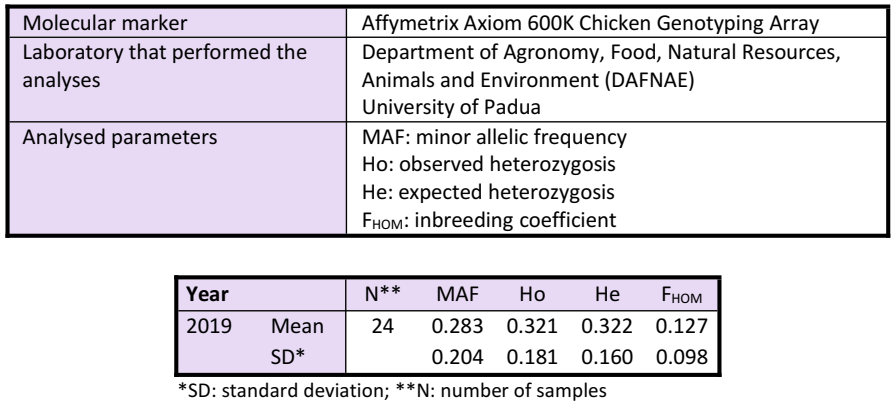
Characterisation of nucleus populations with microsatellites and mating plans
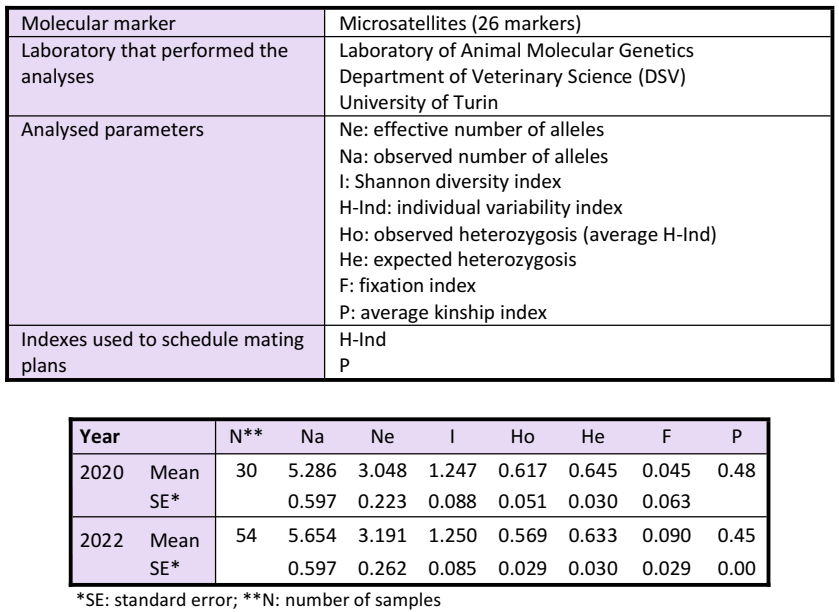
Reproductive and productive quantitative traits
Egg-quality traits

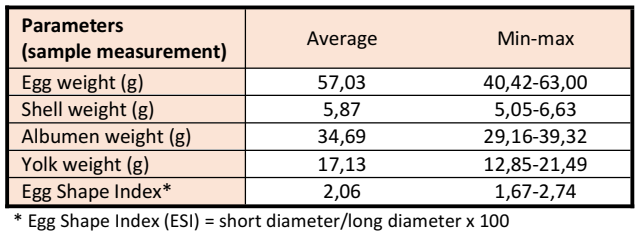
Body weight and growth data
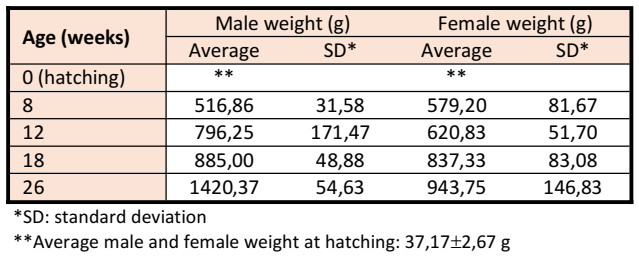
Mortality

Rearing traits
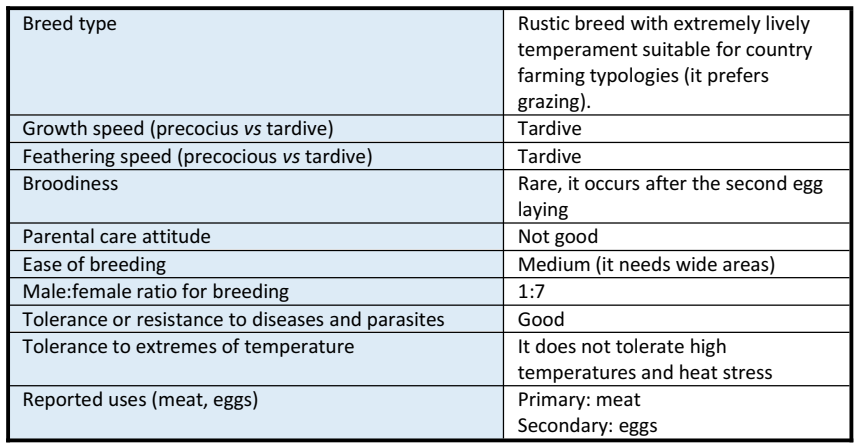
The presented data were registered in the nucleus population conserved at the University of Florence (UniFI).
Technical data sheet
(The layout of the data sheet is ready for the booklet format. Print on both sides of paper, selecting “flip on short edge”.)
Germplasm collection
The breed is conserved in our Cryobank with 4 semen doses from 1 donor.
Mating plan
Download the latest mating plan for the Valdarnese bianca breed:
Latest update: November 15th, 2024
